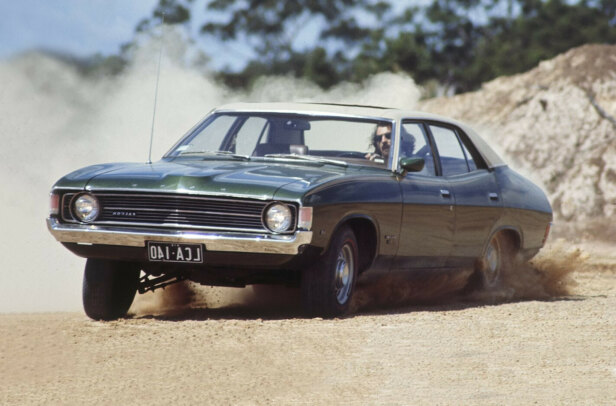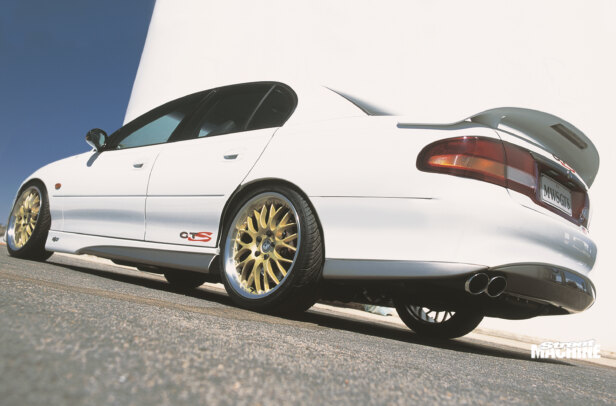Performance car enthusiasts and racers often use the terms ‘camber’, ‘caster’ and ‘toe’ in association with a car’s handling and roadholding.The three terms relate to the alignment of the car’s wheels and tyres. So, what do these words actually mean and how do they affect the car?

TOE
Toe is probably the most fundamental of wheel alignment settings. Looking down from above, angling the fronts of the tyres away from each other results in toe-out. To roll freely, wheels on the same axle should be parallel but due to drag and compliance in the car’s suspension, tyres set parallel will toe-out slightly when the car begins moving.
A small amount of toe-in (typically 10-25mm) can therefore be dialled in via the tie rods to compensate. With many rear-drive cars, some toe-out can sharpen steering ‘bite’ in corners but even a small amount of sideways dragging along the road increases tyre wear, especially at the inside edge of the tread. Some suspension designs toe the tyres in on the brakes; a tyre toeing in is more stable.

CAMBER
Camber refers to how upright the tyre is relative to the road, when looked at front-on. A tyre grips best when the entire width of its tread is in contact with the road (known as the contact patch) but body lean and sidewall flex during cornering conspire to lift the tread from the road, especially at the inside edge.
Leaning the top of the tyre in towards the centre of the car slightly (in at the top is negative camber, and camber is measured in degrees) compensates for this to some extent, allowing the tread to stay flat on the road.
However, excessive negative camber (more than 1—2deg on the street) wears a tyre’s inside edge and makes the car twitchy due to the cone-shaped contact patch that tends to steer the
tyre outwards.

CASTER
Caster measures the steering’s tendency to self-centre and affects the feedback, or feel, this offers the driver through the steering wheel. Look side-on at a car’s front wheel and imagine an axis drawn vertically through the suspension’s upper and lower ball joints. There are a few inter-related geometry tricks going on but this axis’s angle away from vertical influences steering self-centring. Like camber, caster is measured in degrees and it’s typically between 3-6deg positive for a performance road car, though it’d take more room than we have here to describe positive and negative caster.
There is a secondary benefit to caster — it works in a similar way to negative camber during cornering. Put simply, the more steering input, the more the tyre leans, keeping the tread on the road during cornering but without negative camber’s contact patch compromises at straight ahead. However, too much caster can make the steering excessively heavy and increase tyre wear.
Unless compensated for, lowered cars often suffer worse handling because caster and camber settings can disappear when ride height is cut. Using a strut-suspended car as an example, the new at-rest position of the radius rods can place the front wheels slightly rearward, reducing caster. And although there is sometimes more at-rest camber due to the lower control arm pushing the tyres’ contact patches outward, that gain disappears with the first inch or two of suspension travel during cornering, right when the car needs it. Many cars have aftermarket product (brackets, eccentric bushes) available to allow geometry correction.
Rear wheel alignment is important too but usually there’s no factory adjustment. A worn spring or bush can cause the car to crab due to axle misalignment. To fix this, the cause must be identified and new springs, shims or bushes installed to bring the car level and place the axle square to the centreline.




Comments